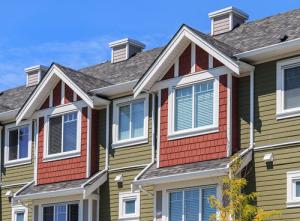How States and Communities Can Help
William Prindle is Vice President of Sustainable Energy and Climate at ICF.
As federal clean energy funding under the Bipartisan Infrastructure Law and Inflation Reduction Act ramps up, state and local government recipients are working to ensure a sustainable future for all. During this process, it's paramount to keep energy equity at the forefront to ensure no one gets left behind.

People living in low-income and disadvantaged communities are often the most vulnerable to the harmful effects of climate change. These communities also bear a disproportionately high energy burden at 8.6 percent, which is three times higher than the percent estimated for non-low-income households.
The commitment to equity during the clean energy transition thus must be a cornerstone of every initiative, ensuring its benefits reach every community. It's a national priority reflected in President Biden's Justice40 Initiative, which seeks to deliver at least forty percent of federal Bipartisan Infrastructure Law and Inflation Reduction Act funding benefits to low-income and disadvantaged communities.
The Bipartisan Infrastructure Law and Inflation Reduction Act programs most critical to affordable housing and energy equity consist of two types; those with longstanding funding and market presence — such as the Weatherization Assistance Program and Low-Income Home Energy Assistance Program — and recently funded programs.

